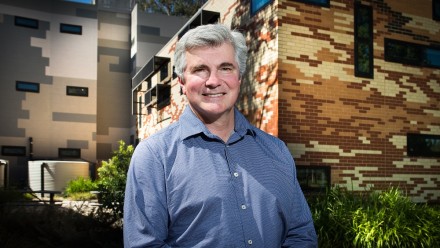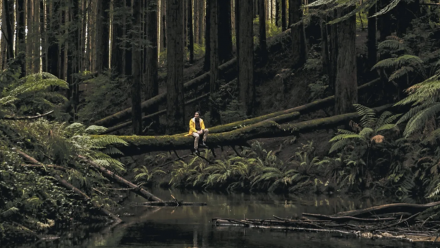Call of the wild: listen up, people, time is running out
Daughter: “Mummy, what’s that smell?”
Mother: “It’s nature, darling.”
Daughter: “It’s like all the birds are wearing perfume.”
You notice these things when you’re young, or still capable of retaining a childlike sense of wonder, or you find yourself, as I do one day, in an enchanted forest while great stretches of the country are burning.
You notice nature’s perfume and all its physical, fairy-tale qualities. You see giant mountain ash soaring 70 metres up into the light, along with blackwoods, candlebarks, stringybarks and every kind of tree fern growing at right angles out of the wire grass and undergrowth. You smell a wet forest of needles and frass, of nutrient-rich soil, rotting wood and creeping moss, and as you smell and see all this, you feel – or, at least, I do – that you’re sensing it for the first time, perhaps even the last.
I happened to be in the Yarra State Forest in central Victoria when I heard that daughter’s question to her mother, although it sounded to me more like a supplication. Mummy, what’s that smell?
It was early in the new year and I was bathed in more greens than I could count or identify – jade, lime, olive, bottle, emerald – all of nature’s special effects on display. Meanwhile, to the east, west, north and south of me, tens of thousands of people were being evacuated, towns were being engulfed by rolling waves of flame, smoke and radiant heat; lives, homes and treasured keepsakes were being lost, more than one billion animals were being vaporised – dying creatures everywhere – and birds, tens of millions of king parrots, crimson rosellas, lorikeets, kookaburras, whip birds, bower birds, every type of wattlebird, black cockatoos, white cockatoos, galahs, were dropping from the heavens.











